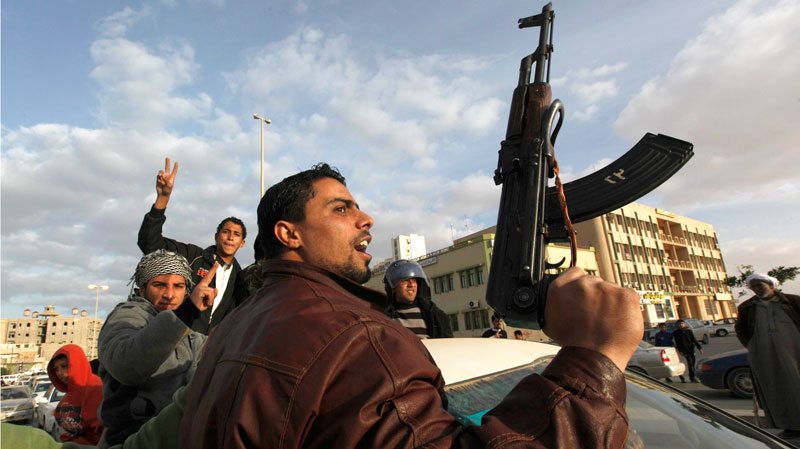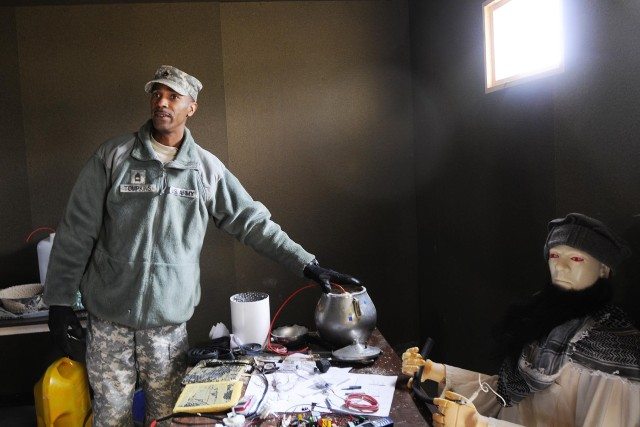Libya still has over 10 tonnes of mustard gas years after signing a treaty banning chemical weapons, but has destroyed the weapons systems for using them, a watchdog organization said Thursday.
Libya, which signed the Chemical Weapons Convention in 2004, has destroyed 55 percent of its mustard gas stockpiles but still possesses some 11.25 tonnes, said Michael Luhan of the Organization for the Prohibition of Chemical Weapons.
Libyan strongman Moamer Kadhafi committed to destroying the mustard gas, which can produce severe chemical burns to the eyes, skin and lungs, as part of an effort to end his diplomatic isolation several years ago.
Luhan, whose international group works with the United Nations to monitor the treaty, said Libya began eliminating its mustard gas stockpiles in early 2010 as scheduled and had continued to do so until unrest broke out in the north African nation last month.
Tripoli has also destroyed 556 tonnes of the precursor chemicals used to make mustard gas, according to the watchdog.
Luhan said that in early 2004, Libya also eliminated more than 3,500 munitions that could be used to deliver the chemical, including bombs and missiles.
As a result, “Libya’s former chemical weapons production facility has been irreversibly converted for uses not prohibited by the convention,” the organization said.
US military officials say the remaining chemical weapons at a site may still pose a threat.
“We believe that it’s secure,” said Colonel David Lapan, a Pentagon spokesman. “Even if not weaponized, there’s still a threat, but it’s a smaller threat than if it is weaponized.”











